Estimates suggest that there are over 6900 extant languages spoken in the world today.
While many of these languages are spoken by relatively small, distinct ethnic groups and communities, and thus have no official status, you’d be surprised at how many languages do have an official status and are used by regional and national governments, to communicate with the population and conduct public affairs.
In a world where linguistic diversity and a need for cultural, political, and economic relationships between nations coexist, translators, and interpreters play a key social role.
These language professionals are essential to diplomacy, helping maintain clear communication and proactive relations between governments. But with great power comes great responsibility.
Language professionals who dedicate to government translation services have a greater challenge than those in other branches of their discipline. While a poor literary translation can ruin a reader’s experience of a book or a publishing house’s bottom line. Failing to ensure clear communication between government representatives can have far more serious consequences on a greater scale, and impacting thousands of lives.
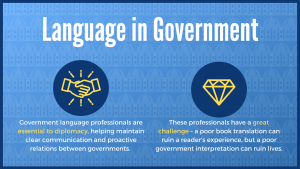
In this post, we’ll take a quick look at the history of what we now know as government translation, and we’ll outline a list of priorities diplomats should have when hiring public sector translation services.
_______________________________________________________
Psst! We have a Full Translation Services Guide – check it out to learn more about the history of translatiors, the future of the language industry, and the different applications translation services have.
_______________________________________________________
Diplomacy & Language throughout History
Communication between peoples has always been challenging. While there was never a lingua franca that was universally used for diplomacy, throughout history, we can appreciate a few examples of languages that were predominant in diplomatic circles.
As Tamas Baranyai explains in a 2011 article, the first peace treaty we have records of, that between Egyptian pharaoh Ramses II and King of the Hittites Hattusili III, was written in the diplomatic lingua franca of the times: Acadian. In the following centuries, Acadian would be supplanted by Aramean. With the conquests of Alexander, the Great, Aramean would be supplanted by Greek, which the successors of Alexander would deem mandatory for diplomatic affairs. But, with the rise of the Roman Empire, Latin would become the main lingua franca. Fast-forwarding to the first half of the 20th Century, we can find that Latin has been replaced by French.
Nowadays, as former Croatian Ambassador Stanko Nick explained in a very illuminating 2001 article, while verbal communication between State representatives tends to be mediated by interpreters, with diplomats being under no obligation to speak their counterpart’s language, written communication can be approached in one of three different ways, arising from the principle of equality of states:
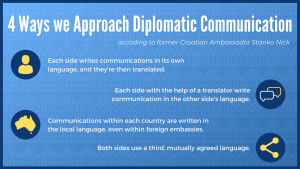
“a) each side writes its communications (notes, letters, etc.) in its own language (e.g., the Croatian Ministry in Zagreb, as well as the Croatian Embassy in Budapest, write in Croatian, while the Hungarian Ministry and their Embassy in Zagreb write in Hungarian); b) each side writes in the language of the other side (opposite from practice a); c) the correspondence in each country is conducted in the local language (e.g. both sides in Zagreb correspond in Croatian, while in Budapest they do so in Hungarian); d) both sides use a third, mutually agreed, language – e.g., Russian, French or other. Again, each of these formulas has its advantages, but also its deficiencies.”
In any of these four cases, a quality public service translator will be needed. If not to facilitate understanding between diplomats, to make the documents in question accessible to both nations’ citizenry.
What Makes for Great Government Translation Services?
While diplomatic translators should never editorialize, the natural flow of the target language shouldn’t be sacrificed for the sake of precision. An expert diplomatic translator will know how to hit the balance between a precise, faithful translation and a smooth, easy-to-read text.
A diplomatic translator should also be very knowledgeable of diplomatic protocols, as well as of the affairs being discussed.
Knowledge of protocol ensures translators know when to pay attention and when to dismiss certain elements as merely formulaic. Being able to recognize formulas, standards and protocolary speech across cultures requires extensive familiarity with the two cultures at hand, which is always a must when it comes to language services.
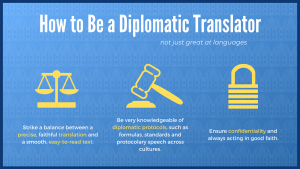
But, aside from knowing how to interpret and effectively reproduce messages across languages, a government translation services provider should have a solid professional code, ensuring confidentiality and always acting in good faith.
But, how can we recognize these traits when hiring a diplomatic translator?
Well, as a rule of thumb, professionals behave professionally. We need to take a look at our potential translator’s record. Who have they worked with before? What’s their academic background? Asking for references is also a very effective mechanism to select trustworthy and competent applicants.
On the other hand, if we need linguistic assistance in the very short term, and we don’t have the time to convoke and select translators ourselves, it’s best to reach out to an experienced translation agency.

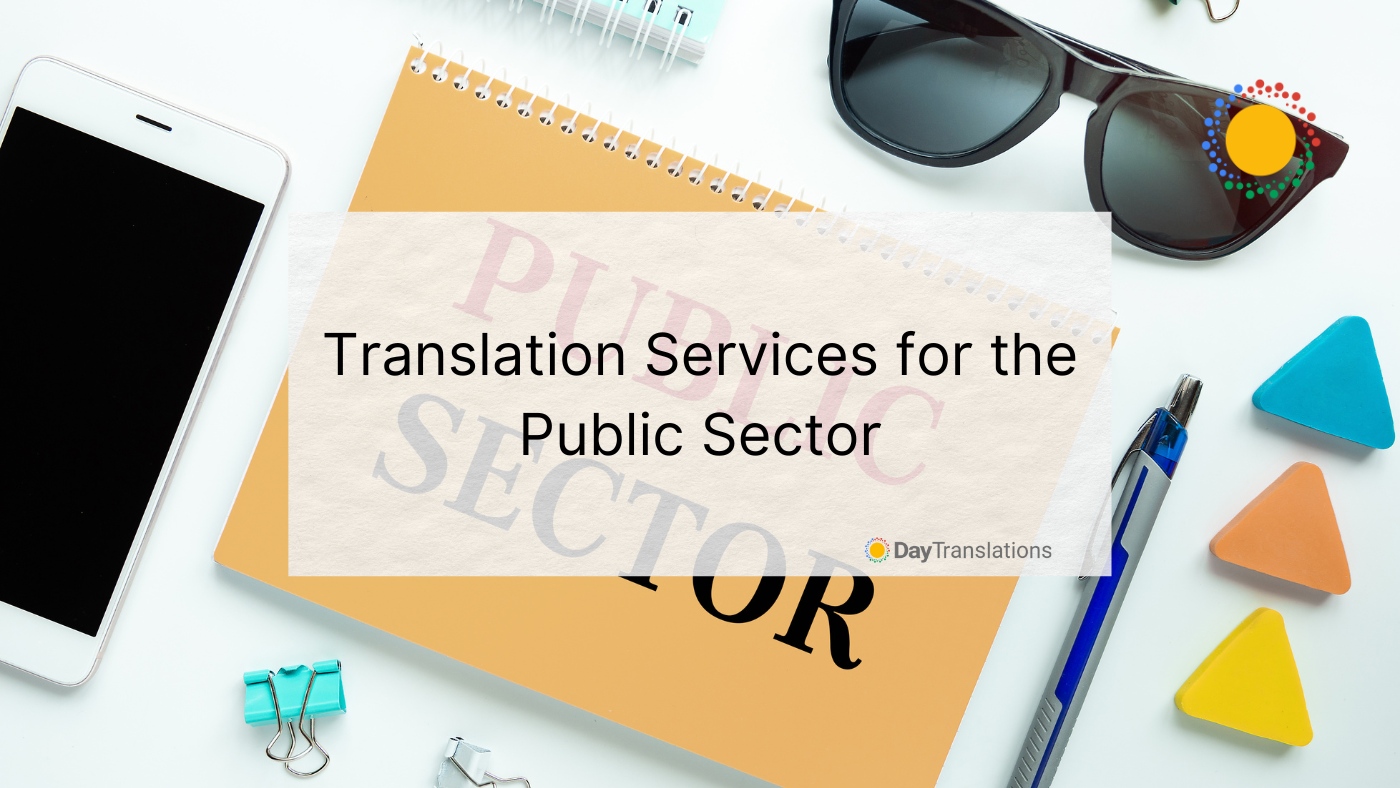
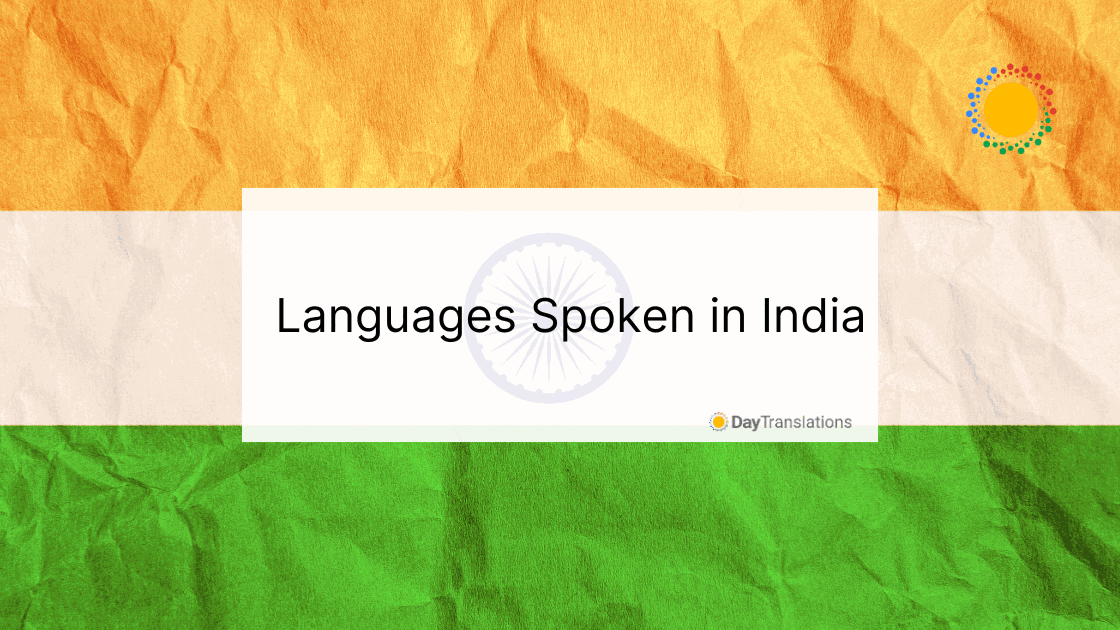

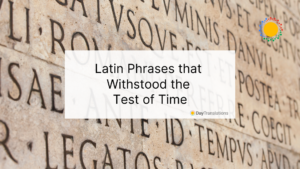









Sorry, the comment form is closed at this time.